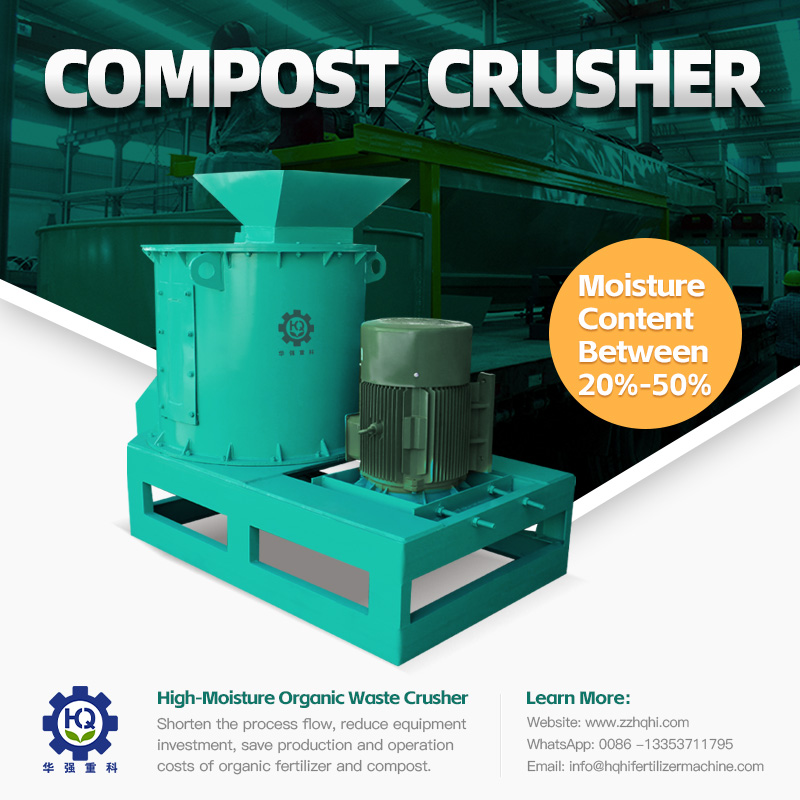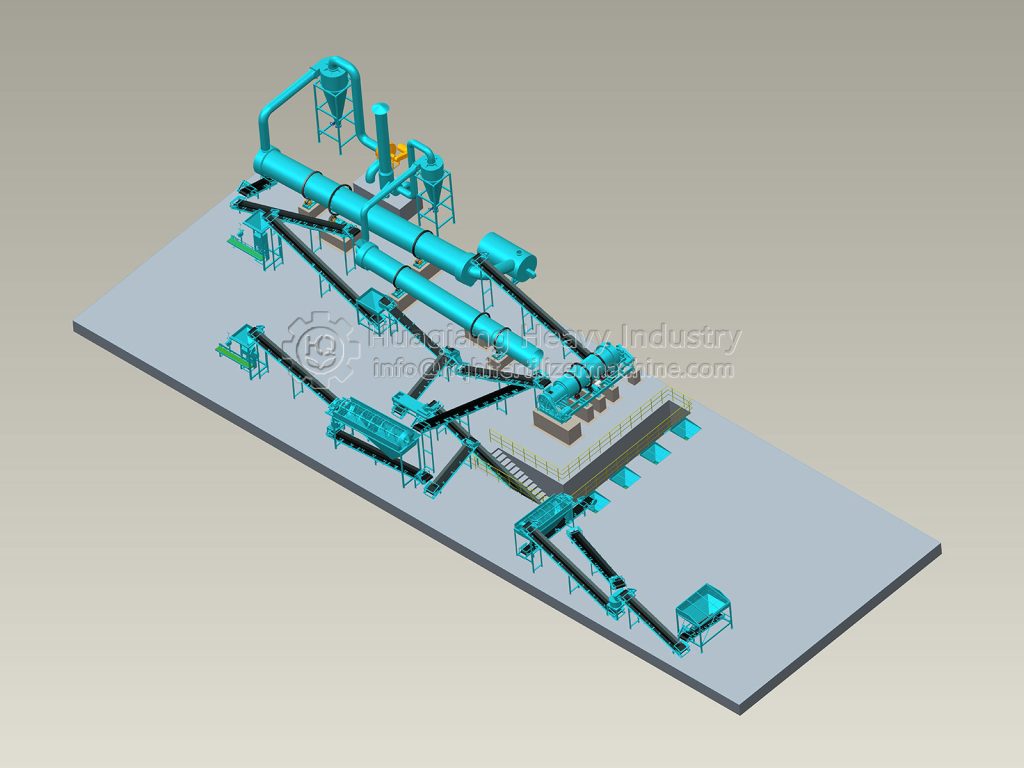In the world of fertilizer production, the npk fertilizer granulator is rightly called the “heart” of the entire production process. These precision mechanical devices transform mixed raw materials into uniform granules, providing crops with precisely formulated nutritional ratios. So, faced with a dazzling array of granulation equipment on the market, how does one make an informed choice?
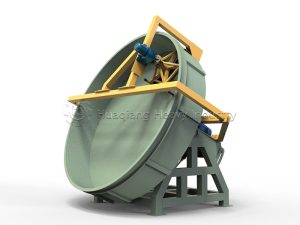
An Overview of Mainstream NPK Granulator Types
The current market offers various npk fertilizer granulator, primarily including rotary drum granulators, disc granulators, double roller extrusion granulators, and new spray fluidized bed granulators. Rotary drum granulators are renowned for their high output and continuous operation capability, making them particularly suitable for large-scale NPK production lines. Disc granulators are favored by small and medium enterprises for their easy operation and high particle uniformity. Double roller press granulators hold an important position in specialty fertilizer production due to their low energy consumption and strong adaptability.
Selection Criteria Analysis: When choosing a granulator, multiple factors need comprehensive consideration: raw material characteristics, production capacity requirements, energy consumption indicators, particle size specifications, and investment budget. Particular attention should be paid to the equipment’s compatibility with the existing NPK production process, ensuring coherence and efficiency throughout the production flow.
Deep Integration of Granulators with Production Processes
The npk fertilizer granulator is not a standalone piece of equipment, but a critical link in the entire NPK fertilizer production process. It follows the mixing process in the NPK mixer and precedes subsequent processes such as drying, cooling, screening, and packaging. A high-quality granulator should be seamlessly integrated into the entire production system, ensuring a smooth transition from raw materials to finished product.
The choice of granulator directly impacts the quality of the final product: properties such as granule strength, dissolution rate, and uniform appearance all depend on the performance of the granulator. Furthermore, the granulation stage contributes significantly to the overall production line’s energy consumption; selecting efficient equipment can significantly reduce production costs.

Synergistic Effects with Production Lines
In modern NPK production line design, granulator selection needs to create excellent synergistic effects with upstream and downstream equipment. For example, rotary drum granulators typically require matching drying and cooling systems, while double roller extrusion granulators may only need simple cooling treatment. This coordination between equipment directly impacts the production line’s overall efficiency and product quality stability.
Selecting the right npk fertilizer granulator is a decision-making process that requires comprehensive consideration of technical parameters, production needs, and investment returns. The best equipment isn’t necessarily the most expensive or advanced but the most suitable for your specific NPK production process requirements. Remember, successful fertilizer production comes from careful design and perfect coordination at every stage, with the granulator being the key component that connects the entire production process!
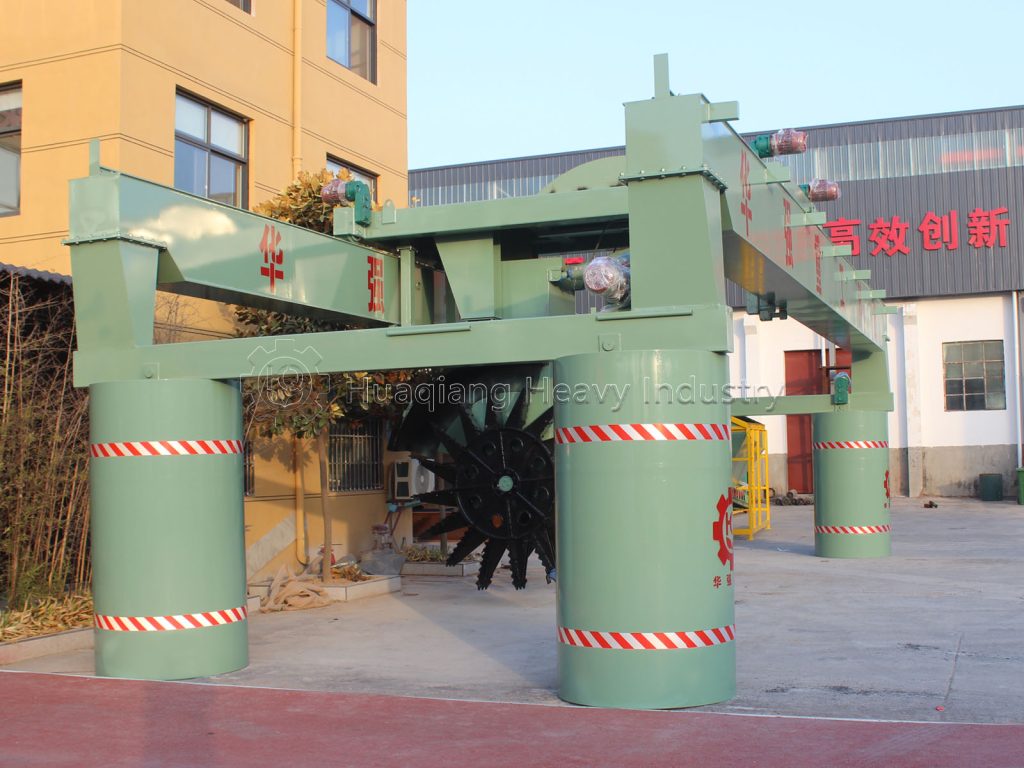
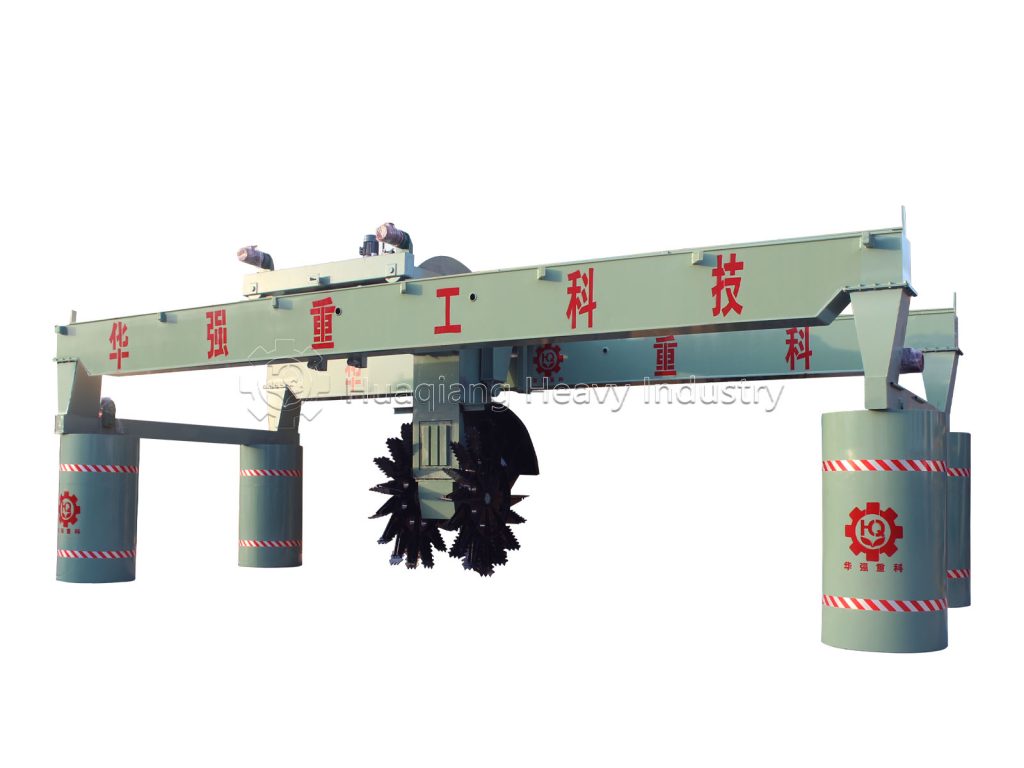




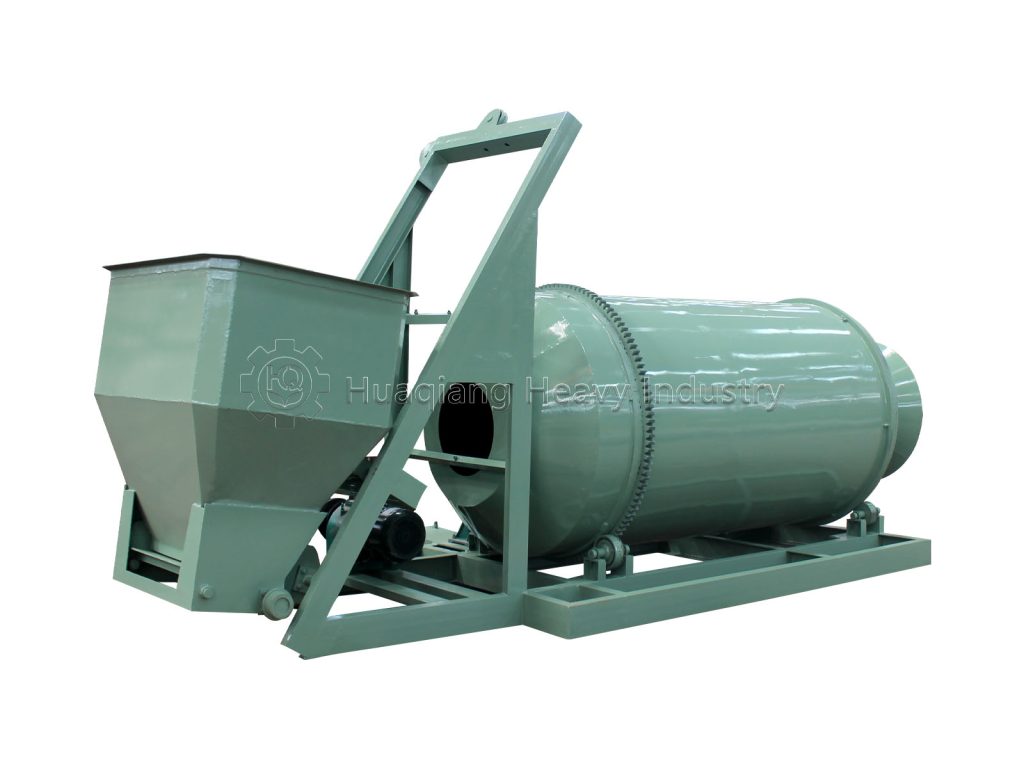
.jpg)
